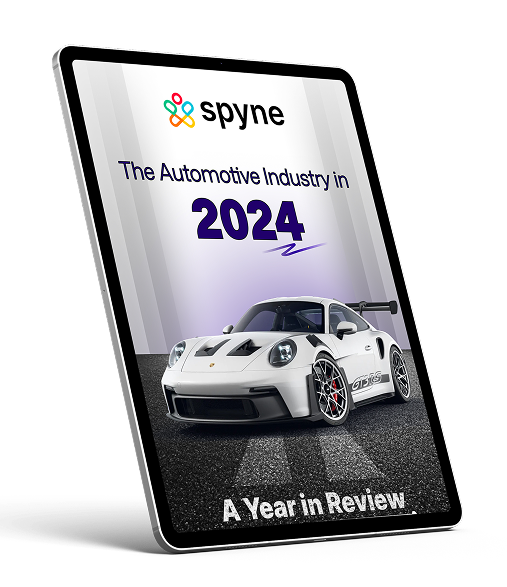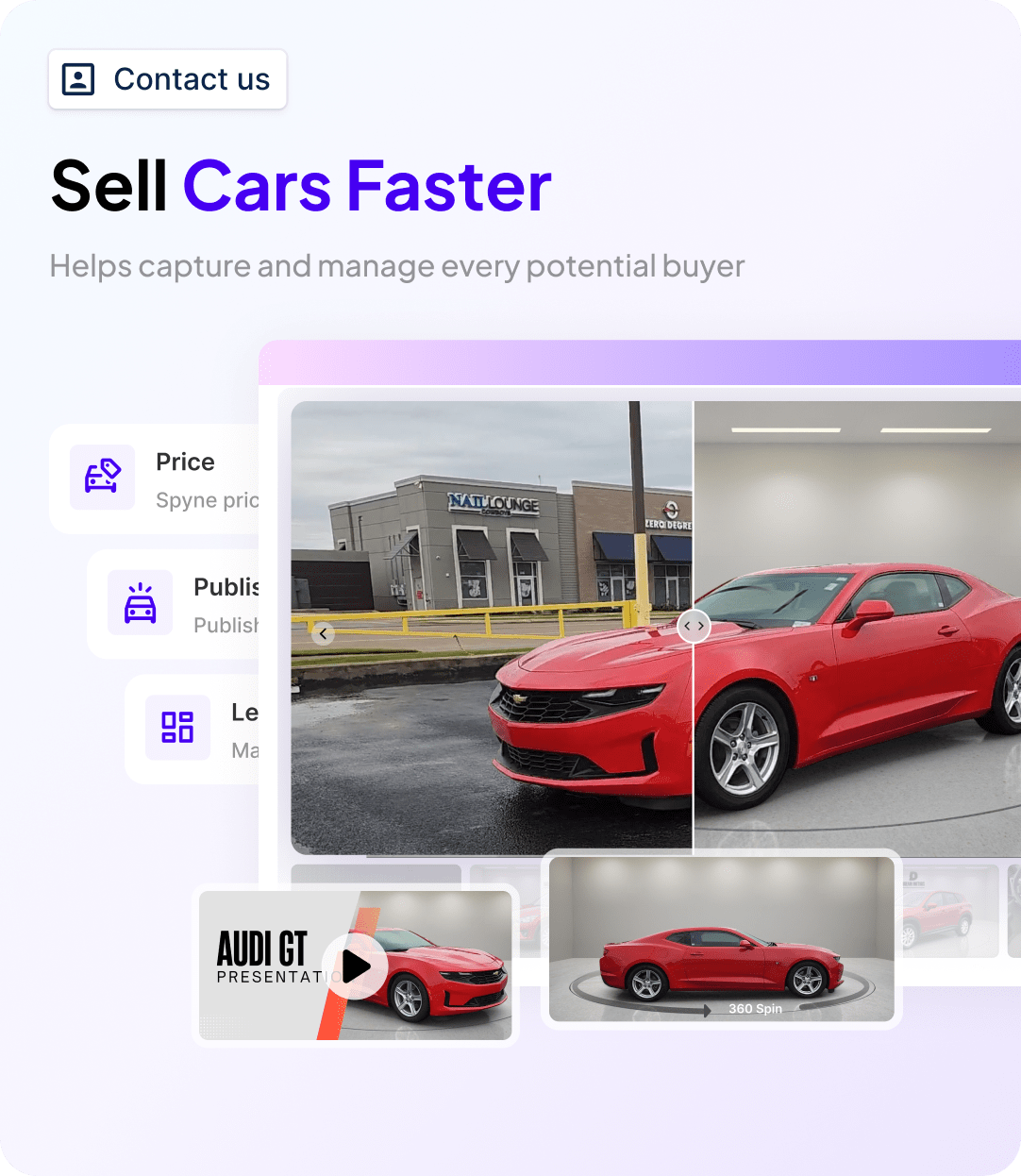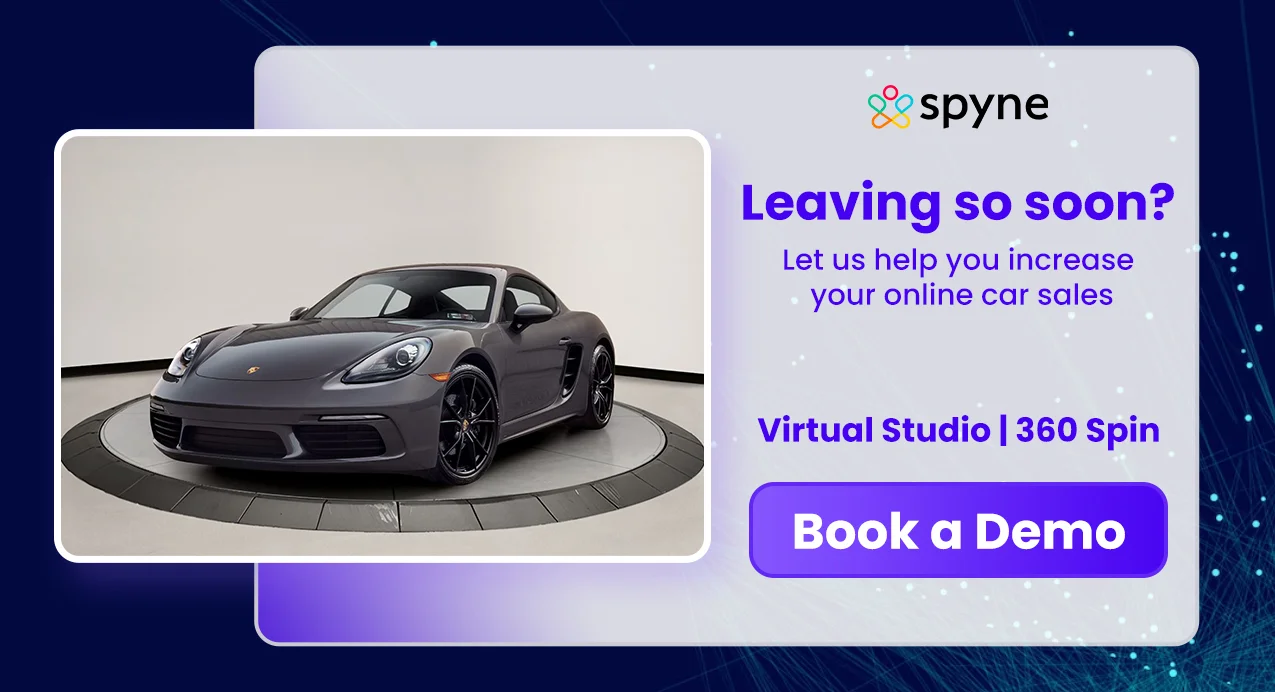When shopping for a used car, most buyers look for vehicles that are not only affordable but also meticulously maintained, almost as pristine as a brand-new model right out of the showroom. As the demand for pre-owned cars continues to rise, it has sparked a parallel surge in the automotive maintenance and repair industry. Today’s cars, equipped with sophisticated electronics and high-tech systems, require advanced diagnostic tools and cutting-edge repair technologies. This evolution has reshaped the service sphere, placing greater emphasis on precision, efficiency, and expertise to ensure that even a used vehicle performs at its peak.
What is 360 Automotive Equipment?
Just like a screw driver can’t replace a plier in its working so can’t everyday machinery be used for automotive repairs. They can surely be assistive, but cannot be the ultimate toolkit you need for repair and maintenance. 360 Automotive equipment can majorly be decoded from two perspectives:
Workshop/ Service Domain
In the automotive service industry, 360 automotive equipment signifies the complete toolkit that is required for proper repair and maintenance of a vehicle. As a part of comprehensive or all-around 360 repair lifts, tire changers and wheel balancers, brake lathes, and alignment systems are all included for top-notch repair.
360 AI Automotive Equipment
There’s another set of 360 automotive equipment that covers the digital domain– tools that you need to survive the cut-throat online automotive market. This toolkit is not particularly used the traditional way; these are the must-haves for presenting your repaired and well-maintained used cars in a way that sells. These include AI imaging tools, 360 photography, car montage videos, etc, tools that make you ace the automotive sales race.
From Manual Photos to AI-Powered 360 Imaging
From a digital standpoint, 360-degree automotive equipment begins with AI imaging. No wonder, what appeals to the eye is what gets the most clicks which in turn increases the chances of closing a deal. We’ve all come across car images that are too messed up to even focus on the vehicle. That’s where AI turns the tables. It not only enhances the pictures but also helps you turn those manually shot video walkarounds into perfectly stabilized 360 spin against a beautiful studio background. Now, all eyes are on your vehicle and not on the clutter around it.
Why Automotive Brands Are Investing in 360 Equipment
It is interesting to see how car companies are revving up their game with 360 equipment. Here are a few compelling reasons why they’re making this exciting shift:
Zooming into the Future of Customer Experience
360 equipment lets brands create immersive virtual showrooms and tours, offering potential buyers a captivating and detailed look that goes way beyond static images or videos. It’s like giving them a virtual key to step inside!
Driving Engagement and Excitement to the Max
Let’s face it, scrolling through endless photos can be boring, but a dynamic 360 experience? It encourages interaction, keeps users engaged for longer, and sparks genuine excitement about the vehicle’s features and design. It’s like adding a playful spin to the car-buying journey!
Shifting Gears Towards Cost-Effective Marketing
Think about the logistics and expenses involved in traditional photoshoots and video productions for every single car model and trim. 360 equipment offers a more efficient and scalable solution, allowing brands to create high-quality, interactive content with potentially lower long-term costs. Smart move, right?
Steering Ahead of the Competition with Innovation
In a crowded automotive market, standing out is key. By embracing cutting-edge 360 technology, brands are signaling that they are forward-thinking and committed to providing a modern and innovative experience. It’s about making a statement and capturing the attention of tech-savvy consumers who appreciate a fresh approach.
Building Trust and Transparency, One Spin at a Time
In today’s world, buyers want authenticity. By showcasing their vehicles in a comprehensive 360 view, automotive brands are laying it all out there – the sleek interiors, the spacious cargo, the intricate dashboard details. This level of transparency builds trust and empowers customers to make more informed decisions.
Key Features of Modern 360 Automotive Equipment
Modern 360 automotive equipment offers a range of sophisticated features designed to enhance various aspects of the automotive industry, from sales and marketing to diagnostics and repair. Here are five key features:
Enhanced Visualization and Interaction
Modern 360 automotive equipment provides high-resolution, full 360 car exterior and interior views of vehicles. This often includes interactive elements like clickable hotspots that reveal specific details or functionalities, and zoom capabilities that allow users to inspect features closely without losing image quality.
Integration with Augmented and Virtual Reality
Many modern 360 systems are compatible with Augmented Reality (AR) and Virtual Reality (VR) technologies. This allows for even more engaging experiences, such as overlaying digital information onto the real-world view of a car via AR, or creating fully immersive virtual showrooms and test drives through VR.
AI-Powered Imaging and Personalization
Artificial intelligence (AI) plays a significant role in modern 360 automotive equipment. AI-powered imaging tools can automatically enhance the quality of 360 car photography and videos, ensuring a professional and consistent presentation across all inventory.
Benefits of 360 Automotive Equipment for Dealerships and Automotive Marketplaces
360 automotive equipment allows dealerships and marketplaces to create highly engaging and interactive online listings. Potential buyers can explore vehicles in detail from all angles mimicking the experience of being physically present.
Increased Transparency and Trust
By providing comprehensive 360-degree views, dealerships and marketplaces build trust and transparency with potential buyers. Showing every angle of a vehicle, including interior details and any potential imperfections, reduces uncertainty and manages expectations.
Wider Reach and Reduced Physical Showroom Dependence
360 automotive equipment enables dealerships and marketplaces to showcase their entire inventory online to a global audience, transcending geographical limitations. Virtual showrooms and 360 tours allow customers who may be located far away or unable to visit in person to thoroughly explore available vehicles.
Improved Lead Generation and Sales Conversion Rates
Listings featuring 360-degree views are more likely to attract clicks and generate higher quality leads. The detailed and interactive experience provided by 360 equipment empowers potential buyers to make more informed decisions remotely, shortening the decision-making process.
Spyne’s 360 AI Studio Solution
Here’s a breakdown of the key aspects and features of Spyne’s 360 AI Studio Solution:
Core Functionality:
- AI-Powered Image Enhancement: Spyne utilizes artificial intelligence to automatically transform standard smartphone photos into studio-quality visuals.
- 360° Spin Generation: The platform can create interactive car 360 spin of vehicles from a series of still images or even directly from a video.
- Virtual Studio: Spyne’s Virtual Studio feature enables users to place vehicles in various virtual environments and backgrounds without the need for a physical studio.
- AI Hotspots: Users can tag specific features or details on the 360° views using AI hotspots. Clicking on these hotspots can reveal more information or close-up images of those features. They provide a detailed and interactive exploration experience for the customer.
- Video Tour Creation: Spyne can generate AI-powered video tours of vehicles, replacing static brochures with dynamic and engaging presentations.
- Automated Catalog Generation: The system can automatically generate 360 spins and photos directly from a video. This reduces the time and effort required for traditional photography and editing processes.
- Customization and Personalization: Spyne allows for in-depth customization of vehicle visuals. It even simulates different weather conditions or times of day to adjust the mood of the images.
- Interior 360° Photography Enhancement: Recognizing the challenges of capturing high-quality interior shots, Spyne’s AI enhances these images. It can also generate 360° interior views to improve the online shopping experience.
- Dynamic Motion Effects: The platform can add dynamic elements to static car images. Spinning wheels or blurred backgrounds, creating a sense of motion and visual interest without complex setups.
- Integration Capabilities: Spyne is designed to integrate seamlessly with various Dealer Management Systems (DMS), website providers, online marketplaces, and auction platforms, streamlining the process of publishing enhanced visuals across different channels.
Conclusion
Modern 360 automotive equipment represents a significant leap forward for the industry. They offer a powerful suite of tools that are reshaping how vehicles are presented, diagnosed, and experienced. From the immersive online showrooms that captivate potential buyers to the precise diagnostic capabilities. These capabilities streamline service operations. The benefits are undeniable for dealerships, marketplaces, and ultimately, the consumer.
By embracing these advanced technologies, businesses can unlock enhanced customer engagement. Furthermore, the efficiency gains realized through AI-powered imaging which contribute to significant cost savings and improved operational workflows.













